The Essential Guide to 1K Ohm Resistors: Characteristics and Uses
2024-06-21
11600
In modern electronic engineering, 1k ohm resistors, as a basic and common passive component, are widely used in various electronic products such as consumer electronics, industrial control systems, and precision instruments. Whether they are limiting current, setting voltage levels, or providing circuit bias points and processing signals, 1k resistors play an important role. For example, in analog and digital circuits, 1k resistors are often used in the bias network of transistors to ensure that the transistors operate under appropriate current and voltage conditions, thus ensuring the stability and reliability of the circuit. Identifying a 1k resistor is usually done by the color ring code on it, which is a standardized way of expressing resistor value and tolerance. Understanding and mastering these basic concepts and applications will help to better utilize 1k resistors to optimize circuit design and improve the performance and reliability of electronic products.
Catalog
What Is a 1K Ohm Resistor?
A 1K ohm resistor is an important electronic component that has a resistance of 1000 ohms. It plays a role in controlling and managing the flow of current in electronic circuits. This type of resistor helps maintain the circuit's operating state and prevents damage by limiting excessive current.

Figure 1: 1K Ohm Resistor
When designing a circuit, choosing the right 1K ohm resistor requires careful calculation of the required value and power rating based on the circuit's voltage, current, and frequency needs. It's also important to consider environmental factors such as temperature and humidity, which can affect the performance of the resistor.
When using 1K ohm resistors, it's important to handle them with precision. Improper placement can disrupt circuit functionality. Make sure the orientation and connections of the resistors are consistent with the circuit design to avoid errors. Regular testing and verification steps help maintain the integrity and performance of the circuit over the long term.
Understand the Resistor Band Codes
To use 1K ohm resistors effectively, you need to be familiar with their color coding system, which has three to six color bands. Each configuration of these color bands provides different levels of information about the characteristics of the resistor.
Three-color band resistors: These are the simplest type of resistors. They include two color bands that represent the resistance value and one color band that represents the tolerance. This setup provides basic accuracy suitable for general use.
Four-color band resistors: Compared to the three-color band model, four-color band resistors add a color band that represents the tolerance, which can more accurately control the resistor specifications. The fourth color band helps optimize the tolerance level, thereby improving the reliability of the resistor in sensitive applications.
Five-color band resistors: In the five-color band resistor, the addition of a third color band that represents the resistance value can more finely represent the resistance, thereby significantly improving the accuracy. This configuration is very useful when precise resistance measurements are made.
Six-ring resistors: The six-ring configuration expands the usefulness of the five-ring setup by including a temperature coefficient ring. This ring indicates how the resistance value changes with temperature fluctuations, which is an important consideration for high-precision and stability-focused applications.
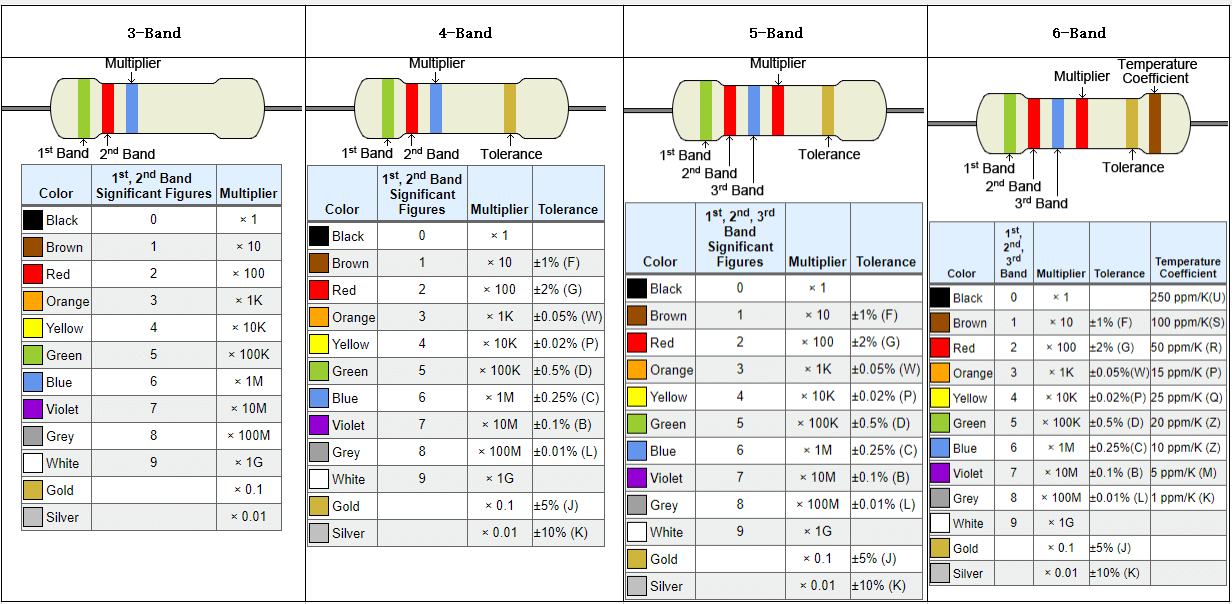
Figure 2: Resistor Color Code Chart Calculator
Here are the detailed functions of resistor rings.
Rings 1 to 3 (for five- and six-ring resistors) or Rings 1 and 2 (for four-ring resistors): These rings directly represent the resistor's primary numerical resistance value.
Ring 4 (for five- and six-ring resistors) or Ring 3 (for four-ring resistors): Acts as a multiplier. This ring determines the power of 10 to be multiplied by the primary value, thus setting the scale of the resistor values.
Color ring 4 or 5 (four-, five-, and six-ring resistors): These color rings specify the tolerance, showing how much the actual resistor value may deviate from the nominal value due to manufacturing variations.
Color ring 6 (unique to six-ring resistors): Indicates the temperature coefficient, highlighting how the resistor value may adjust as the temperature changes. This feature is useful for applications that require stable performance under varying environmental conditions.
When handling resistors, it is important to accurately identify the color rings. Misreading the color rings can lead to major errors in circuit design. Regular practice with the color code chart can improve the accuracy of identifying these color rings, ensuring the correct use of resistors in a variety of electronic projects.
How to Read the 4-Color Band 1K Ohm Resistor Color Code
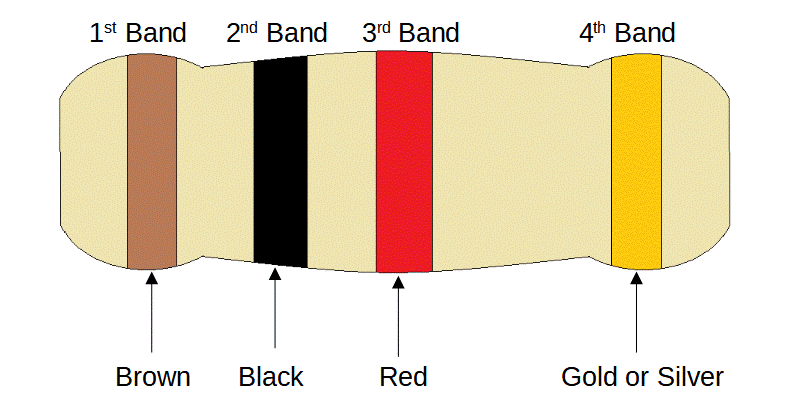
Figure 3: 1K Resistor Color Bands
First and Second Color Bands (Numbers): These color bands represent the base number of the resistance value. For 1K Ohm resistors, the first color band is usually brown (representing "1") and the second color band is black (representing "0"). These color bands are combined to represent the number "10".
Third Color Band (Multiplier): The third color band on a 1K resistor is usually red, which means that the base number (10) should be multiplied by 100. Therefore, 10 x 100 gives an actual resistance value of 1000 Ohms.
Fourth Color Band (Tolerance): This color band shows the possible variation of the resistance. Typically, this is a gold or silver band, which represents a tolerance of ±5% or ±10%, respectively. More common is the gold band, which indicates an actual resistance range of 950 Ohms to 1050 Ohms.
|
Band Number |
Function |
Color |
Value |
|
1 |
1st Digit |
Browm |
1 |
|
2 |
2nd Digit |
Black |
0 |
|
3 |
Multiplier |
Red |
X100 |
|
4 |
Tolerance |
Gold (or silver) |
± 5% |
The color code system greatly aids in quick identification and troubleshooting. A technician can quickly determine the resistor value by observing these color bands, facilitating efficient maintenance, troubleshooting, and component replacement in a variety of electronic environments.
Example of a 4-band color code for a 1K Ohm resistor:
Brown (1)
Black (0)
Red (x100)
Gold (±5%)
This results in a resistance of 1K Ohm ±5%, or 950 to 1050 Ohms.
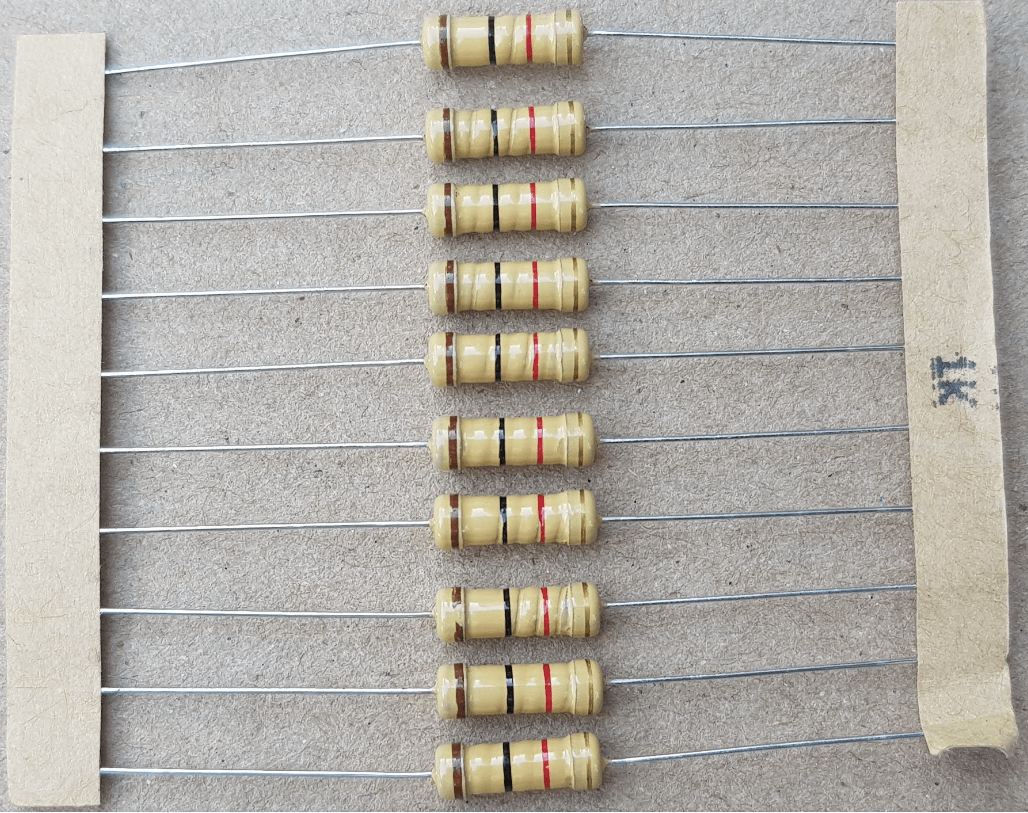
Figure 4: 1k Resistor 4 Ring Color Code Example
Decoding the 5-Band Color Code of a 1K Ohm Resistor
A 1k ohm resistor with a 5-band color code consists of 5 color bands on its body, each representing a specific value. Five-band resistors, on the other hand, offer greater accuracy and a finer range of values. For a 1K ohm five-band resistor, the arrangement of the color bands has a specific meaning.
The 5-band 1K Ohm resistor includes an additional color band for increased precision:
|
Band Number |
Function |
Color |
Value |
|
1 |
1st Digit |
Browm |
1 |
|
2 |
2nd Digit |
Black |
0 |
|
3 |
3rd Digit |
Black |
0 |
|
4 |
Multiplier |
Browm |
X10 |
|
5 |
Tolerance |
Gold (or silver) |
± 5% |
First, Second, and Third Bands (Numbers): These bands typically appear in brown, black, and black, respectively. Brown represents "1" and black represents "0," making up the number "10." The third black band is used as a multiplier (raising to a power of 0 or multiplying by 1).
Fourth Color Band (Multiplier): The fourth color band is brown and represents a multiplier of 100, which calculates the total resistance to be 1000 ohms (1K ohms).
Fifth Color Band (Tolerance): This color band indicates the tolerance of the resistor. For example, the brown band here might indicate a tolerance of ±1%, which means the actual resistance could vary between 990 ohms and 1010 ohms.
To determine the actual resistor value, combine the significant digits resulting from the first three bands (1, 0, 0) and multiply by the value indicated by the multiplier band (100), which gives a resistor value of 1000 ohms or 1K ohms with a typical tolerance of ±5%. This precise method helps in applications where the exact resistor value is critical to performance.
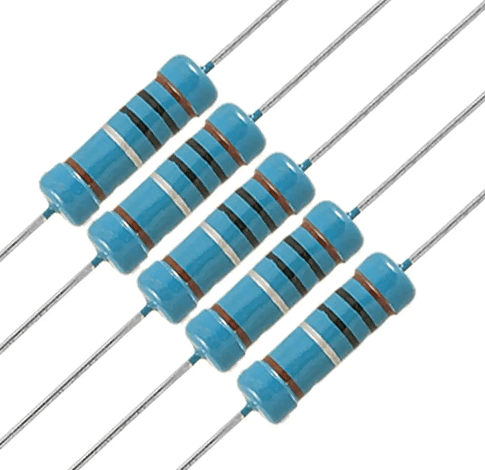
Figure 5: 1K Ohm Resistor Color Code 5 Band
Comparison of 4-Color Band 1K Resistor and 5-Color Band 1K Resistor
When comparing 1K ohm 4-color band and 5-color band resistors, it is important to understand not only their resistance value representation and accuracy but also their design and application environment.
Resistor Value Representation and Calculation
4-color band resistor: uses a color coding system to represent resistance value and tolerance. For 1K ohm resistors, the color bands are usually brown, black, red, and gold. Brown represents "1", black represents "0", red is the multiplier (100 times), and gold indicates a tolerance of +/- 5%. Calculation: 1 (brown) × 100 (red multiplier) = 1000 ohms. These resistors are often used in applications where high precision is not required, such as household appliances and simple electronic circuits, where small resistance changes will not significantly affect performance.
5-color band resistor: adds color band to provide more precise tolerance information, suitable for applications that require higher precision. For 1K ohm resistors, the color bands are brown, black, black, brown, and red. The first two color bands (brown and black) represent "10", the third color band (black) represents the multiplier (100 times), the fourth color band (brown) indicates a tolerance of +/- 1%, and the fifth color band (red) can indicate additional tolerance information. Calculation: 10 (brown and black) × 100 (black multiplier) = 1000 ohms. These resistors are used in high-precision applications such as medical instruments, precision measuring tools, and high-performance audio equipment.
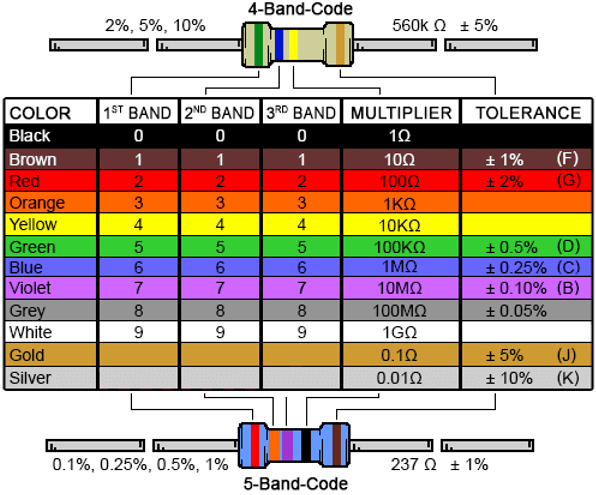
Figure 6: Standard Resistor Color Code Table
Precision and Accuracy
4-Band Resistors: Typical Tolerance: +/- 5%. The resistance range is 950 ohms to 1050 ohms. Used in less critical applications such as power management and basic signal processing in consumer electronics, where larger resistance fluctuations are acceptable.
5-Band Resistors: Typical Tolerance: +/- 1% or +/- 2%. For 1K ohm resistors, the resistance range is 990 to 1010 ohms (1% tolerance) or 980 to 1020 ohms (2% tolerance). Ideal for high-precision applications requiring exact resistance values, such as medical devices, precision measurement equipment, and advanced audio systems. 5-ring resistors are manufactured using advanced technology involving higher-precision materials and stricter quality control, which reduces their tolerance range and improves accuracy and consistency. 5-ring resistors typically have a low-temperature coefficient (TCR), which means their resistance value remains stable at different temperatures, ensuring reliability in different environmental conditions.
Differences in Application Areas
When choosing a 1K ohm resistor, it is important to consider versatility vs. specificity. Both 4- and 5-ring resistors offer 1K ohm resistance, but their applications differ due to their different tolerances.
4-ring resistors have a larger tolerance (typically ±5%), making them suitable for cost-sensitive products that do not require high precision. They are often used in toys and general household appliances, where precise resistance values are not critical. The larger tolerance means that small changes in resistance have little effect on the overall function of the circuit, helping to reduce costs.
5-ring resistors offer higher accuracy (typically ±1% or ±2% tolerance) and are suitable for applications that require stability and precision. They are essential when calibrating scientific research equipment and precision instruments, as accurate resistance values are directly related to measurement reliability. They are ideal for equipment that must maintain stable performance under different environmental conditions, such as medical device sensors and high-precision signal processing circuits. These resistors can better handle temperature changes and mechanical stress, making them suitable for high-precision, long-term reliable electronic devices.
Cost and Performance Tradeoffs
Choosing between 4-band and 5-band resistors depends on the specific application needs. In many standard applications, 4-band resistors are sufficient and can meet basic circuit requirements at a lower cost. For applications that require high reliability and accuracy, 5-band resistors with tighter tolerances are more appropriate.
Engineers should thoroughly evaluate the performance requirements and cost benefits of each resistor type during the design phase.
For consumer electronics, cost may be the primary consideration, while for scientific experimental equipment, accuracy and stability take precedence. By weighing the characteristics of different resistors, the final choice should be aligned with the specific needs of the application, achieving the best balance between cost and performance. This careful evaluation ensures that the electronic design meets high-performance standards while remaining cost-effective.
Applications of 1K Resistors
1k ohm resistors are essential in many electronic circuits due to their versatility and availability. They are used in a variety of critical applications such as voltage dividers, current limiting, bias circuits, pull-up and pull-down resistors, signal conditioning, timing circuits, sensor interfaces, audio amplifiers, filtering networks, and feedback networks.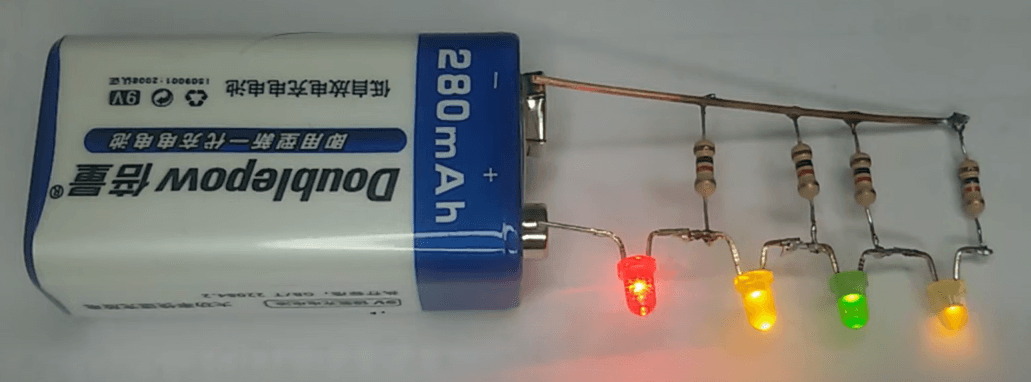
Figure 7: Application of 1k Resistor
Voltage Divider Circuits: 1k ohm resistors are often used to divide input voltages into smaller, more precise levels for use with different circuit components.
Current Limiting: In circuits, 1k resistors are used to protect components by limiting the current, ensuring that it does not exceed safe levels. They are common in LED circuits and other low-power applications.
Bias Circuits: These resistors determine the operating point for active components such as transistors, ensuring that the circuit operates stably and reliably by setting the appropriate bias voltage or current.
Pull-up and Pull-down Resistors: In digital logic circuits, 1k ohm resistors hold the inputs of logic gates at defined voltage levels when not driven by a signal, thereby preventing logic level uncertainty.
Signal Conditioning: 1k resistors are used in analog signal processing to adjust signal characteristics (such as attenuation or amplification) to meet specific requirements.
Timing Circuits: Combined with capacitors, 1k resistors set the time constant and control the oscillation frequency in RC oscillators, which are widely used in clock generation and signal processing.
Sensor Interfaces: 1k ohm resistors adjust the sensor output signal to match the input requirements of the receiving circuit, ensuring accurate reading and processing of sensor data.
Audio Circuits: In audio circuits, these resistors stabilize the operating point and control the gain of the amplifier stage, thereby improving the quality of audio signals.
Filtering Circuits: 1k ohm resistors control the frequency response in passive filtering networks, attenuating specific frequencies to ensure signal purity.
Feedback Networks: In operational amplifiers and other amplifiers, 1k resistors determine gain, stability, and performance characteristics, ensuring accurate and stable operation.

Figure 8: Application of 1k Resistor
Conclusion
1k ohm resistors have a wide range of applications in electronic design. They are used to limit current, set voltage levels, provide bias points, process signals, and work with capacitors in timing circuits. In digital logic circuits, they prevent logic level uncertainty, and in audio circuits, they improve signal quality. Their versatility and reliability make them an integral part of modern electronics. Engineers and hobbyists can achieve stable and reliable circuit designs through the proper selection and use of 1k resistors, ensuring optimal performance in a variety of applications. As technology advances, the role of 1k resistors will continue to expand.Frequently Asked Questions [FAQ]
1. Which is better 100 ohm resistor or 1k ohm?
The choice of the resistor depends on your specific application requirements. 100-ohm and 1k-ohm resistors each have their application scenarios: 100-ohm resistors are usually used in circuits that require a large current to flow. For example, if your circuit design requires a lower resistance to maintain a higher current, it is more appropriate to use a 100-ohm resistor. For example, in an LED driver circuit, a lower resistance can help provide enough current to light up the LED. 1k ohm resistors are usually used in situations where current limitation is required. If a smaller current is required in the circuit or as part of a voltage divider, it is more appropriate to choose a 1k ohm. For example, on a signal input or GPIO pin of a microcontroller, using a 1k ohm resistor can effectively limit the current and protect the circuit from damage caused by excessive current.
2. What is the polarity of a 1K resistor?
Resistors are non-polar components, which means that resistors can be connected in either direction in the circuit without considering the positive and negative poles. Whether it is a 1k ohm resistor or any other resistor, it can be freely installed in the circuit without affecting the normal operation of the circuit due to polarity problems.
3. What is the voltage drop of a 1K resistor?
The voltage drop of a 1k ohm resistor depends on the current passing through it. According to Ohm's law (V = IR), the voltage drop of a resistor is equal to the product of the current (I) and the resistance value (R). For example, if a current of 1 mA (0.001 amperes) flows through a 1k ohm resistor, the voltage drop will be V = 0.001 amperes × 1000 ohms = 1 volt. This means that the voltage drop of a resistor will increase as the current flowing through it increases. The specific voltage drop value needs to be calculated based on the actual current.
 ABOUT US
Customer satisfaction every time. Mutual trust and common interests.
ABOUT US
Customer satisfaction every time. Mutual trust and common interests.
function test. The highest cost-effective products and the best service is our eternal commitment.
Hot Article
- Are CR2032 and CR2016 Interchangeable
- MOSFET: Definition, Working Principle and Selection
- Relay Installation and Testing, Interpretation of Relay Wiring Diagrams
- CR2016 vs. CR2032 What’s the difference
- NPN vs. PNP: What's the Difference?
- esp32 vs stm32: which microcontroller is better for you?
- LM358 Dual Operational Amplifier Comprehensive Guide: Pinouts, Circuit Diagrams, Equivalents, Useful Examples
- CR2032 VS DL2032 VS CR2025 Comparison Guide
- Understanding the Differences ESP32 and ESP32-S3 Technical and Performance Analysis
- Detailed Analysis of RC Series Circuit
 Comprehensive Guide to Electronically Commutated Motors (ECMs)
Comprehensive Guide to Electronically Commutated Motors (ECMs)
2024-06-24
 Practical Guide to Current Transformers: Construction, Types, Applications
Practical Guide to Current Transformers: Construction, Types, Applications
2024-06-21
Hot Part Number
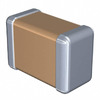 C3216X7R1H335M160AC
C3216X7R1H335M160AC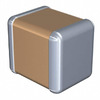 C3225X7R1A226M230AC
C3225X7R1A226M230AC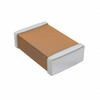 CL21B105KOFNNWE
CL21B105KOFNNWE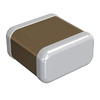 GRM0335C1E4R3CA01D
GRM0335C1E4R3CA01D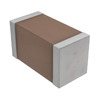 CGA3E3X7R1E474M080AE
CGA3E3X7R1E474M080AE 0402YC471MAT2A
0402YC471MAT2A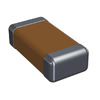 12061C103KAT4A
12061C103KAT4A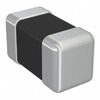 TMK063CG390JP-F
TMK063CG390JP-F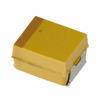 TLJS476M006R1500
TLJS476M006R1500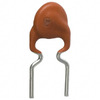 PTGL04AS100K3B51B0
PTGL04AS100K3B51B0
- SY89809ALTZ
- LCMXO3LF-6900C-6BG400C
- MAX7221CNG+
- 5CGXFC5C7F23C8N
- MAX221EEUE+T
- VI-911048
- HMC787ALC3BTR
- LM5060Q1MMX/NOPB
- ADSP-BF533SBBCZ-5V
- ADV7125WBSTZ170-RL
- TL431BIDBZRG4
- LTC6087HMS8#PBF
- AD73311LARUZ
- TLV320AIC3253IYZKT
- ADUM3190SRQZ
- TLE2082ACD
- XC6VLX75T-1FFG484I
- AD9742ARU
- ADS4149IRGZT
- XCKU095-1FFVA1156I
- AT25160A-10TQ-2.7
- CD74FCT162245CTSM
- HD64180ZRFS8
- K4B1G1646G-BCMA
- LC4032C-75-10I
- NJU6452AFC1
- VND5E025AY
- XMC1202-T028X0032AA
- CADC-NAA
- M68AF511AM70MC6
- MST7337Y-LF
- NT7280FG
- SNC2025PHPR
- TC160G11AFG-1146
- BCM49406A0KFEBG
- TLE82453-3SA
- BCM82780A3KFSBG
- KMR820001M-B609
- G2RL-1 5DC